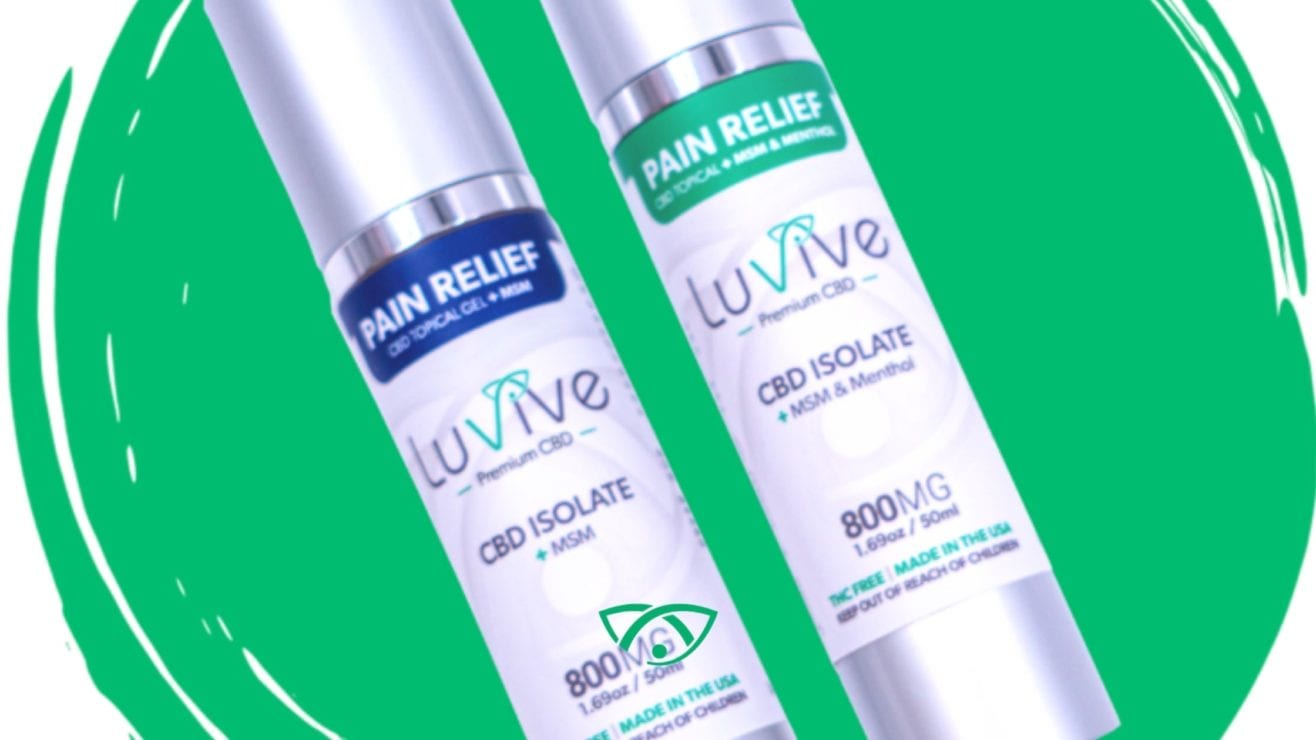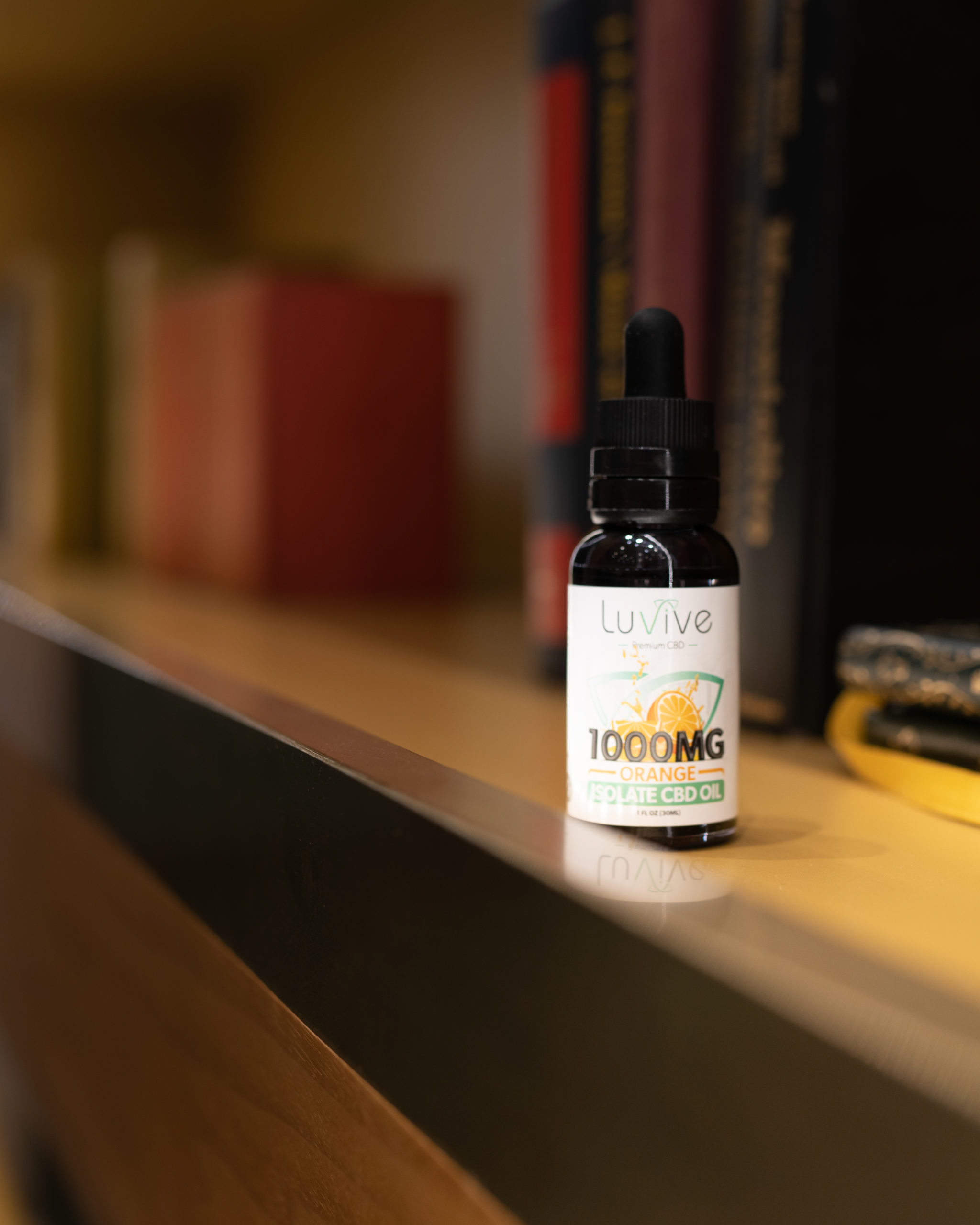How CBD Topicals Work For Your Body
When it comes to skin conditions, CBD topicals have been the go-to ointment. In recent months, the use of CBD topicals has skyrocketed. With more stores placing them in stock, it won’t be long until every household has one. How exactly do these ointments take care of your skin?
What’s In CBD Topicals?
Cannabidiol (or CBD, for short) is best known for being a major ingredient in marijuana. Fortunately, people who buy products with CBD don’t have to worry about getting high. CBD topicals(1) drop the side effects of marijuana in favor of its benefits(2). This means the user can have a night of better sleep and an increase in energy levels. CBD is also used to cure rare forms of epilepsy known as Lennox-Gastaut syndrome and Dravet syndrome.
How Do CBD Topicals Work For You?
CBD topicals help calm down inflammation in various parts of the body. The ointment triggers the endocannabinoid system(3), which controls pain sensitivity. Through high cannabinoid receptors in the skin, inflammation can go down for a long time. “There is research to support that phytocannabinoids, like CBD, interact with receptors and other enzymatic factors within our skin that modulate pain and inflammation,” Eminent Consulting co-founder Emma Chasen said. “Because the skin is actually quite thick, when you apply CBD cream, the CBD soaks into the skin but does not make it to the bloodstream. It interacts with CB1 receptors — if THC is also present — and other receptor families such as the TRPV receptors and factors such as PPAR-gamma and COX-½ and TNF-alpha. With these interactions, CBD can modulate the pain and inflammatory response.”
Are CBD Topicals Effective?
In various studies, researchers determined how effective CBD topicals can be for treatment. In 2017, researchers used CBD topicals on rats with osteoarthritis. The study determined these ointments placed a critical part in reducing inflammation in these rats. “Prophylactic CBD treatment prevented the later development of pain and nerve damage in these OA joints. These findings suggest that CBD may be a safe, useful therapeutic for treating OA joint neuropathic pain,” the study said.
Much like other ointments, not everyone will get the same effect. In a 2019 study in Scientific Reports, it was discovered the overall treatment changes from person to person. Also, the study showed CBD topicals with little to no THC levels have a weaker shot at numbing pain.
Could CBD topicals take over as the top ointment for inflammation relief? That remains to be seen, but many researchers will keep their eye on this product.
*These statements have not been evaluated by the FDA. This product is not intended to diagnose, treat, cure, or prevent any disease.
*Always seek the advice of your physician or other qualified health provider with any questions you may have regarding a medical condition or prior to using any CBD products.



